#advanced dungeons & dragons
Text
They may tell you that they deleted Advanced Dungeons and Dragons because of Chang's blackface, but don't listen to their lies. It's really about Abed-saying-Troy-has-a-big-dick erasure.
#i will never not be pissed about this episode being deleted from streaming its so good#if yall want to google drive link to it lmk i dont want it to die#community#nbc community#community nbc#six seasons and a movie#abed nadir#troy barnes#advanced dungeons and dragons#trobed
575 notes
·
View notes
Text
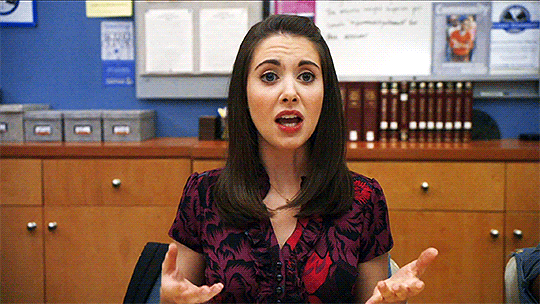


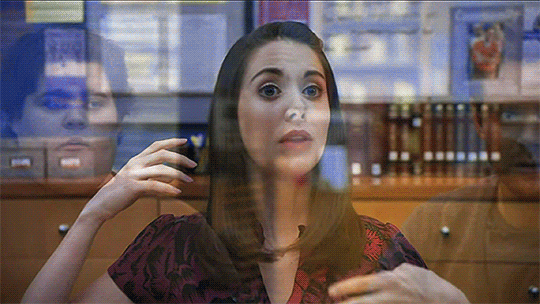
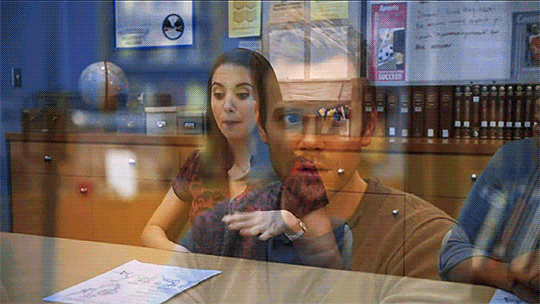




I take her by the hand and lead her to the stable. I light a candle and rip off a piece of my tunic, which I fashion into a blindfold. I place it gently over the elf maiden's eyes...
#annie edison#abed nadir#britta perry#jeff winger#shirley bennett#troy barnes#community nbc#abedison#lesbian annie#advanced dungeons and dragons#community#pb
424 notes
·
View notes
Photo


Clyde Caldwell, cover illustration for Spellfire, by Ed Greenwood (TSR, July 1987).
__________________________________________________
Our shop: https://bookshop.org/shop/manyworldspress
#clyde caldwell#ed greenwood#dungeons & dragons#Forgotten Realms#faerûn#advanced dungeons & dragons#fantasy adventure#fantasy art#game art
182 notes
·
View notes
Text

USA 1997
288 notes
·
View notes
Text
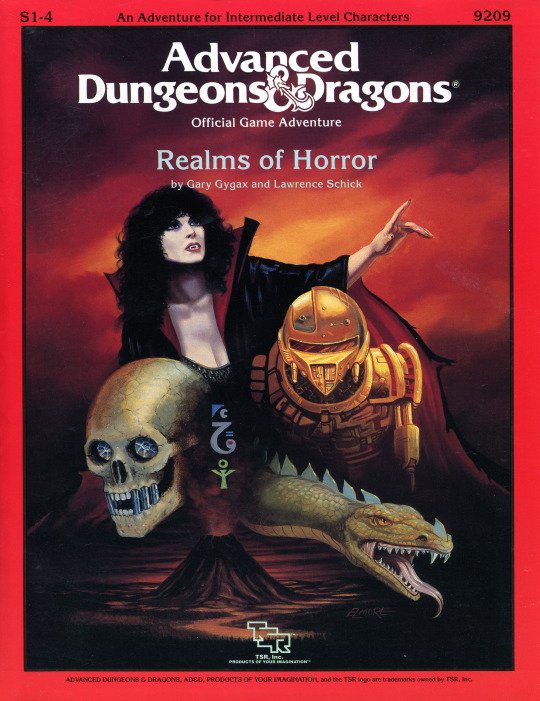
Realms of Horror, illustration by Larry Elmore, 1987
#realms of horror#advanced dungeons & dragons#d&d#ad&d#dnd#dungeons and dragons#advanced dungeons and dragons#tomb of horrors#vintage#fantasy#fantasy art#art#illustration#painting
115 notes
·
View notes
Text
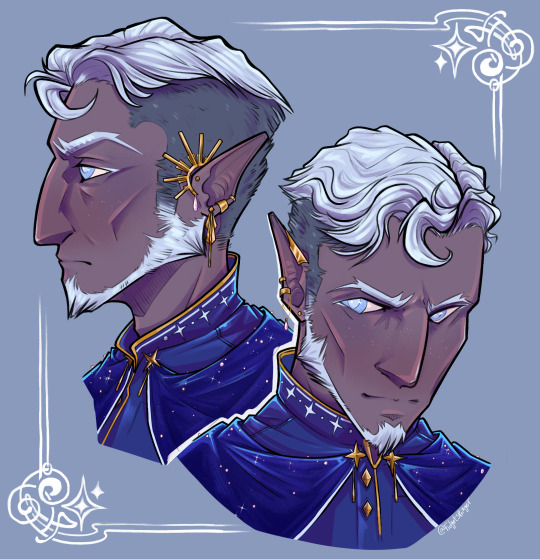
✷ Archmage Tethry Ikos ✷
#my art#artists on tumblr#illustration#digital art#DnD#dungeons and dragons#homebrew#ttrpg#orignal character#ocs#my ocs#drow#Tethry#Setting: Heim#I wasn't sure about posting this with no context because this guy has a LOT of context#but i have no idea how to sum things up in a way that a) won't be an essay or b) sound fucking stupid#so uh#enjoy this purple man i guess?#I'm still trying to figure out exactly how to design that cloak cause it has some importance#but i just wanted to get his face down on paper#so here he is#Archmage (regretfully)#Professor of arcane dialects#and reluctant global posterboy for 'modern' arcane advancement#I'll maybe probably talk more about Tethry and his role in this setting later but yeah#i have no idea where to even begin
59 notes
·
View notes
Photo
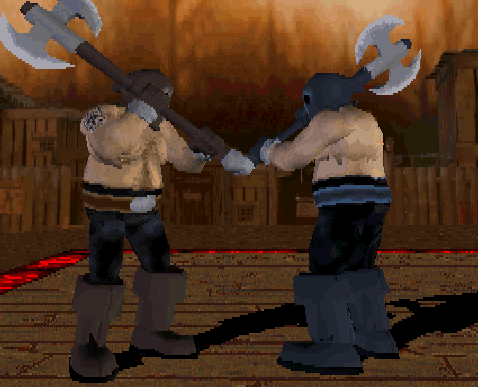
Axe To Grind
'Advanced Dungeons & Dragons - Iron & Blood - Warriors of Ravenloft'
PlayStation
129 notes
·
View notes
Photo



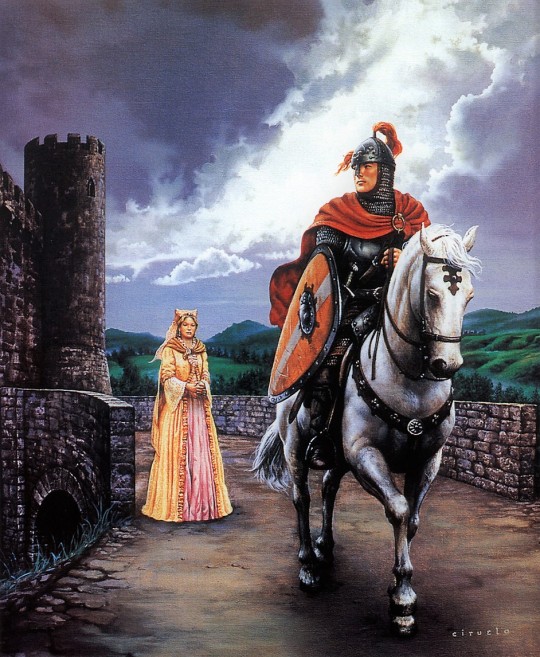



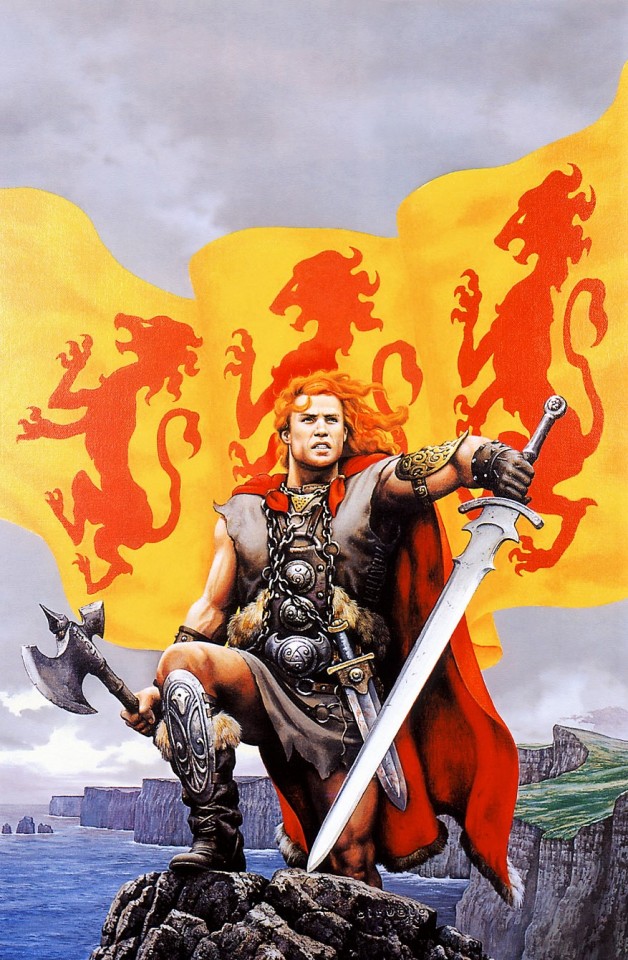
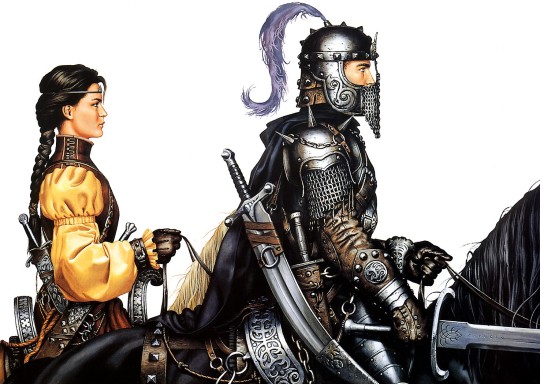
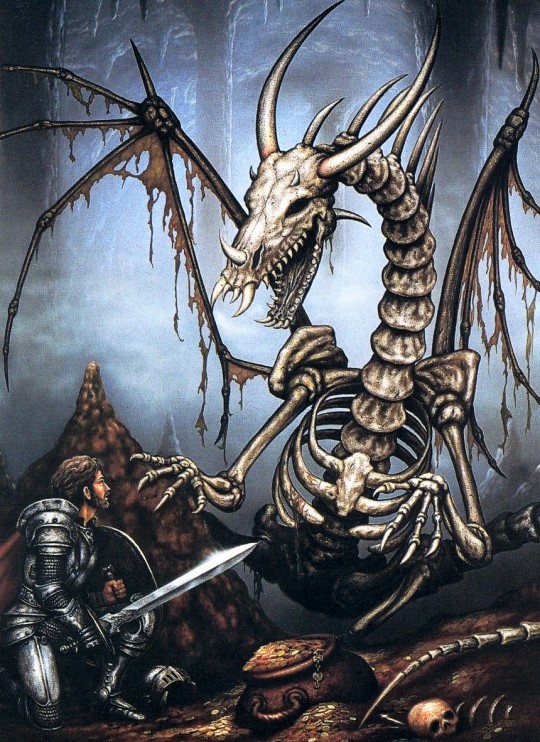
art by Ciruelo Cabral
#ciruelo cabral#80s fantasy art#fantasy novels#cover art#ravenloft#ironhand's daughter#shadow moon#strongbow#brian boru#d&d art#advanced dungeons & dragons#forgotten realms#paladins#knights#dragons#1980s
460 notes
·
View notes
Text
I found it!! I found my favorite price of Dungeons and Dragons art!!

"Beauty is in the eye of--oh, skip it."
#ITS SO CUTE YOU GUYS!!!#theyre both so cute!#boholder#dungeons and dragons#dnd#in the eye of the bohder#beauty#dungeons and dragons 3.5#advanced dungeons and dragons#LOOK AT THE HEART ON HIS BUCKLE!!
132 notes
·
View notes
Text
Bahamut and Tiamat were aspects of Io/Asgorath in early 2nd edition of AD&D lore?
...as well being the two key archetypes influencing all dragons, and in 1st edition of AD&D, the only gods of dragons?

2014/2015 "Rage of Dragons" miniatures of Tiamat and Bahamut
Wile changes to Bahamut and Tiamat (and deific dragon lore in general) in 5th edition (were Bahamut and Tiamat are the supreme, and only real draconic gods), and to a degree 4th edition (were Bahamut and Tiamat were 2 halves of Io), were controversial; these changes are actually based on far older lore, that was changed mid 2nd edition, with 1992's Monster Mythology and further on.
In 1st edition of Advanced Dungeons and Dragons, Bahamut and Tiamat were the only dragon gods, with worship by dragons being split between them, as seen in 1984 article "Dragons and their deities" in Dragon #86:
"Evil dragons worship Tiamat, and good dragons worship Bahamut. That is, for all practical purposes, the extent of common knowledge about the way dragons worship their deities."
The divinity of of two was first outright affirmed in 1980 in "Leomund's Tiny Hut: Rearranging and Redefining the Mighty Dragon" in Dragon #38; with Tiamat kinda earlier in the original 1978's Monster Manual, were she was presented among the Lords of Nine.

Miniatures of Bahamut (or as named in the catalog the Platinum Dragon) and Tiamat (or as named in the catalog the Spectral Dragon), from Grenadier Models 1990 catalogue, originally from the 1989 Dragon of the Month II line from 1989. Special thanks @oldschoolfrp, thanks to who I know of this lines existence. Their original post here. I recommend checking them out.
Paladine and Takhisis from Dragonlance, also debuting in 1984, were often identified with Bahamut (Paladine) and Tiamat (Takhisis). It's rather ambiguous though - the creator of both, Jeff Grubb believing this, but writers of Dragonlance novels, and main architects of the setting, Margaret Weis and Tracy Hickman (who basically gave them personality and story), believing them as similar, but separate characters/deities.
Official publications either suggested a connection, or stated them to be the same (as well as Bahamut and Tiamat gaining traits of Paladine and Takhisis, like being siblings, and in past, lovers), with 5th edition (with 2021's Fizban's Treasury of Dragons), stating them to be the same.
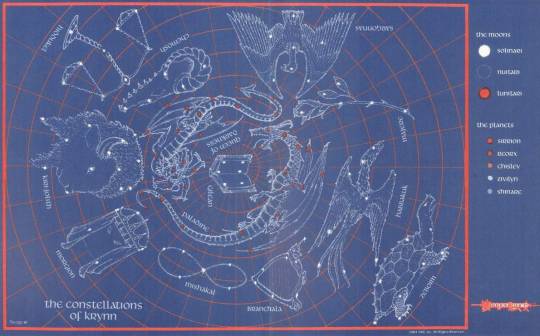
Constellations of Krynn, in the center Takhisis (left) and Paladine (right) opposing each other, the Gilean' constellation between them. From 1984's "DL5: Dragons of Mystery".
Still, Paladine on Krynn (the world Dragonlance is set in) is/was the leader of the Gods of Good, and Takhisis is/was the leader of the Gods of Evil, and were among the most powerful deities of the setting, equaled only by their brother Gilean and second only to the High God and Chaos.
According to 1989's "Player's Guide to Dragonlance, the two together created the first dragons:
"Paladine is Father of Good and Master of Law. During the
Age of Dreams, Paladine led the gods in creation. Paladine
and Takhisis, Queen of Darkness, infused the raw fury of chaos
with form and purpose, creating the first material beings—
dragons. Takhisis, jealous the first creations were not entirely
hers, corrupted the chromatic dragons to evil. Paladine replaced
his fallen children with the good, metallic dragons,
but Takhisis’s act began the rift between good and evil."
This origin of dragons on Krynn evolved overtime though, with some changes, but I won't elaborate on this here.
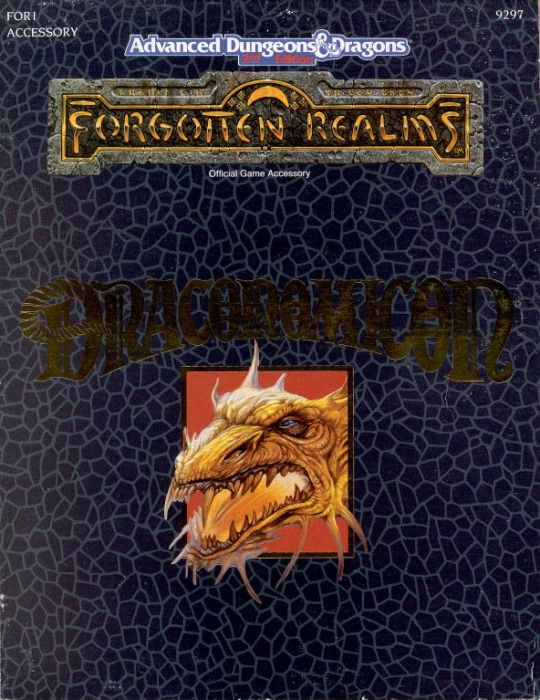
1990's Draconomicon
The draconic pantheon was first expanded with 1990's Draconomicon, though oddly, Bahamat and Tiamat are not among the list of Draconic deities, at least seemingly.
The book instead presents Bahamut and Tiamat instead as seemingly archetypal forms of all dragons (even indeed, the twin Platonic forms of all dragons), even their gods, all of whom (with one exception) are their "pale reflections":
" And here the conversation must turn to dragons, for in these species the diffusion theory seems to be the only suitable explanation for their wide-spread existence. Dragons are the only creatures for which there exist archetypal forms. In dragonkind, these forms are Bahamut, the Platinum Dragon, and Tiamat, the Chromatic Dragon. All of the core species of dragonkind the good aligned metallic dragons and the evil-aligned chromatic dragons (ignoring for a moment those fringe species like crystal dragons) seem to be pale reflections of their archetypal forms, displaying some but not all of that archetypes characteristics.
For example, a red dragon possesses some but not all of the characteristics attributed to Tiamat, while a gold dragon possesses some but not all of the characteristics attributed to Bahamut. Indulging in mathematical language for a moment, each species of dragon seems to be a subset of properties belonging to one or
other of the archetypes. Or, conversely, each archetype seems to possess a superset of the properties possessed by the appropriate class of dragonkind.
Some sages truly believe this observation to be representative of the truth of the matter. According to this theory, the very existence of the two archetypal forms Bahamut and Tiamat is responsible for the existence of dragons throughout the multiverse. In metaphorical language, dragons are the shadows that the archetypes cast across the planes. As shadows are, in a sense, subsets of the creatures casting them as they must be, since shadows are two-dimensional so are the shadows of the dragon archetypes subsets of those archetypes characteristics and powers."
Two of the dragon gods, Lendys and Tamara, as Platinum Dragons, seem to be even closer to the archetype of Bahamut, both being platinum dragons themselves, but still lesser than him.
In the same book, there is also mentioned the oldest and highest draconic god, Asgorath the World-Shaper, later identified with Io. Asgorath is stated to to be creator of dragons, and the universe (in the sense of seemingly all existence), at least according to dragons.
But, the myth in the same sourcebook (as found in-universe in the Book of the World, a written down red dragon myth, suggests Asgorath is Tiamat:
"It is easy to speculate, based on this myth. The plural inflection of the word breath might be taken as implying multiple heads; the Thorass word for renegade is bahmat. It seems almost too close a correlation can Asgorath be Tiamat and the Renegade be Bahamut?"
This is further alluded in Asgorath's description:
"Thus, reds believe that Asgorath is Chaotic Evil as implied in the Book of the World mentioned at the beginning of the chapter while bronzes believe Asgorath is Lawful Good."
Suggesting that like red dragons see/perceive Asgorath as Tiamat, Bronze (and other good dragons) would see the World-Shaper as Bahamut. And that the two "archetypal dragons" are themselves seemingly aspects/parts/avatars of Asgorath. Which is further suggested together with Bahamut's description in Draconomicon:
"Sages continue to debate the true nature of Bahamut. Is he the archetype of all good dragonkind, the ideal of which all other dragons are merely shadows? Is he an avatar of a greater deity?"
This is quite obviously an inspiration for Io being split in ancient times into Bahamut and Tiamat in 4th edition/Nerath lore.
As well as in "Fizban's Treasury of Dragons", presenting Bahamut and Tiamat as the origin of all dragons, and their forms, it even also using allusions to platonic forms, and shadows of higher reality. As well as Bahamut and Tiamat creating the original universe (that split into the multiverse), like Asgorath was stated to.
Io was first introduced in 1992's Monster Mythology, if very probably taking inspiration from Asgorath (with whom he is directly identified in the book), as well as perhaps Krynn's High God. Io is also stated there to be believed by dragons to be their creator, and of all of existence. As well repeating Platonic and Gnostic ideas from Draconomicon about the world being a shadow of a higher, truer reality:
"We Dragon-sages make a distinction between the Two Voids; the First Void, wherein only Io had existence, and the Shadow Void, where Io's willingly shed blood created the potential for existence and creation to come into being. Most non-dragon races only know of the Shadow Void, and they do not know of the earlier time outside time when only the Ninefold Dragon existed."
Monster Mythology though, makes Bahamut and Tiamat somewhat lesser in status, making them Lesser Gods, though only Io (as a Greater God) and Chronepsis (an Intermediate God) are above them, the other two gods (Faluzure and Aesterinian), being on the same level of power. Still though, it is a visible downgrade from their grand role in Draconomicon, and of their counterparts (Paladine and Takhisis) on Krynn.
Monster Mythology is also the the first to make Bahamut and Tiamat explicitly siblings and "intended mates".
1998's "Cult of the Dragon" sourcebook, combined the draconic pantheons mentioned described in Draconomicon and Monster Mythology, often identifying/conflating some deities between the two (notably Asgorath and Io, though that was done before). Though this also resulted in a seeming further downgrade in status of Bahamut and Tiamat, them being still Lesser Gods (and Bahamut identified with Xymor, made as possible child of Lendys and Tamara), while including multiple Intermediate Gods (Astilabor, Garyx, Kereska, Lendys, Null as the Guardian of the Lost/Chronepsis, Tamara and Zorquan).
185 notes
·
View notes
Text
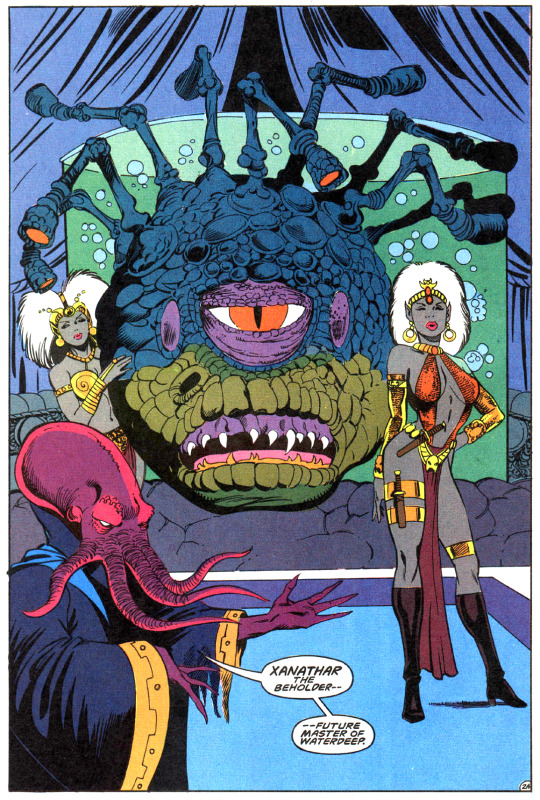
Advanced Dungeons & Dragons #10
#the best comic book panels#dc comics#xanthar#the beholder#dungeons & dragons#d&d#waterdeep#advanced dungeons and dragons
121 notes
·
View notes
Text
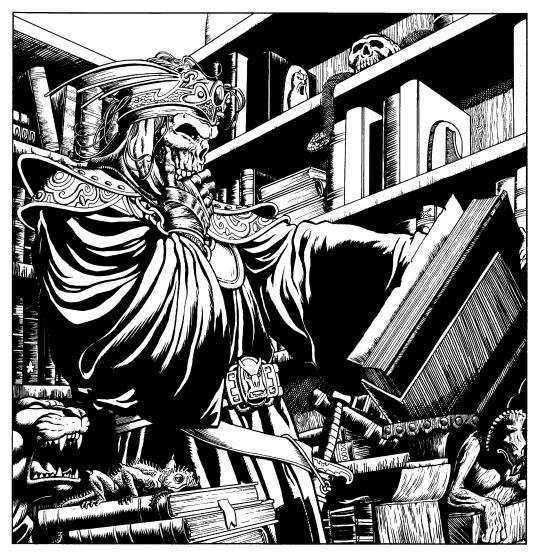
60 notes
·
View notes
Text

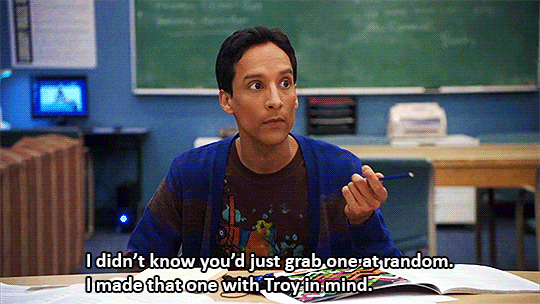


#community#trobed#troy barnes#abed nadir#annie edison#shirley bennett#advanced dungeons and dragons#they all knew#pb#666
797 notes
·
View notes
Text

We're in this together, but I'll happily go it alone. My faith will keep me company.
GBA FE style portrait of Shadowheart from Baldur's Gate 3. Shadowheart was selected as the subject for the September Subscriber Suggestion Special!
#pixel art#ドット絵#fanart#baldur's gate 3#bg3#shadowheart#dungeons and dragons#wizards of the coast#larian studios#fire emblem#gameboy advance
143 notes
·
View notes
Text
deleted dungeons and dragons episode season 2 episode 14 community that was taken down for blackface
#it was actually a really good episode but pierce was the biggest dick ever#community tv#nbc community#advanced dungeons and dragons#troy barnes#abed nadir
51 notes
·
View notes
Text
Inside you (or me, really) there are two wolves: one wolf loves the original edition of Dungeons & Dragons for its janky weirdness and relative simplicity, the structural looseness where the Referee's word is law. The other wolf loves Advanced Dungeons & Dragons for its more rigid structure and really complex rules for more specific situations.
The wolves are in lesbians with each other.
66 notes
·
View notes